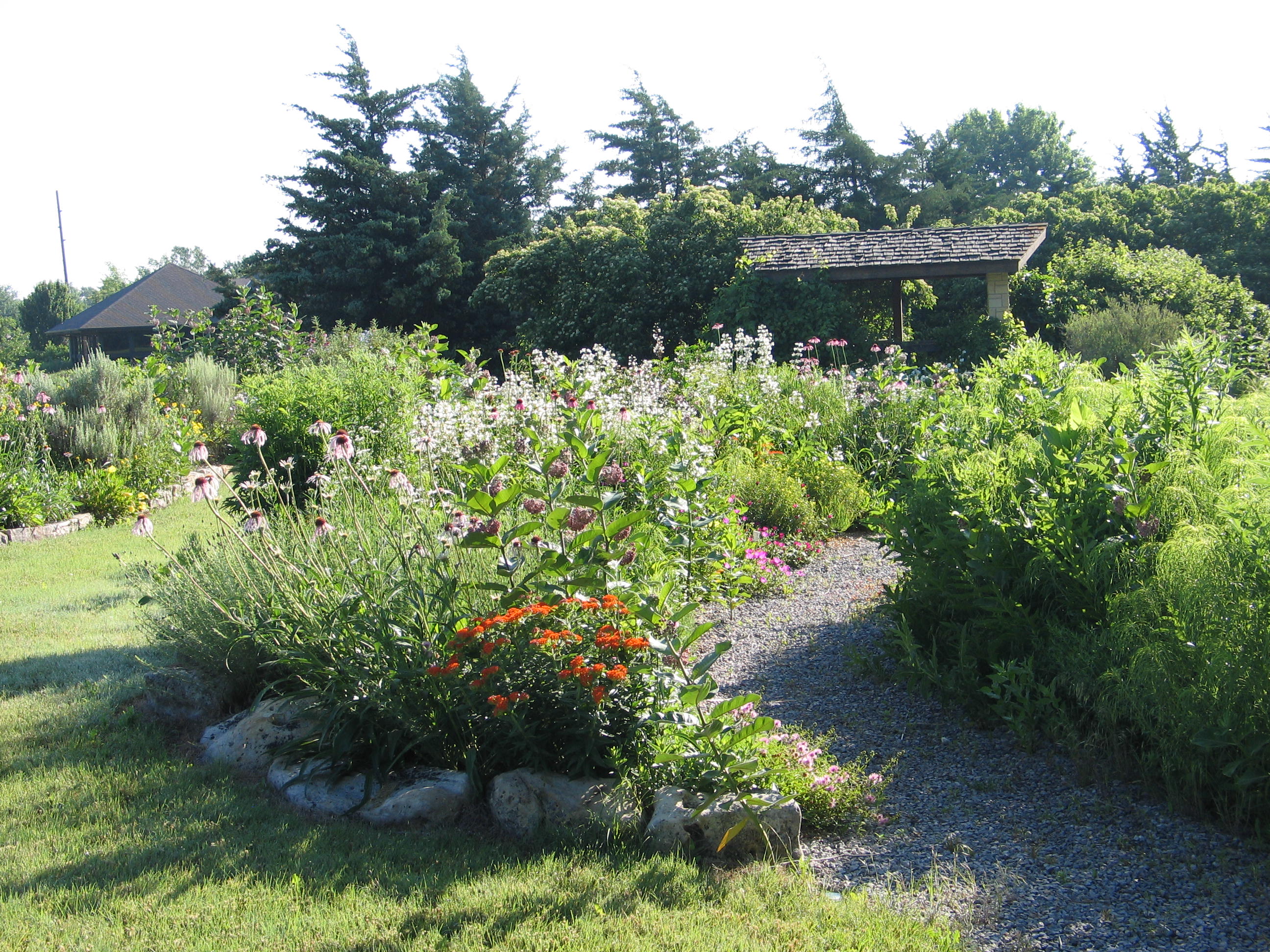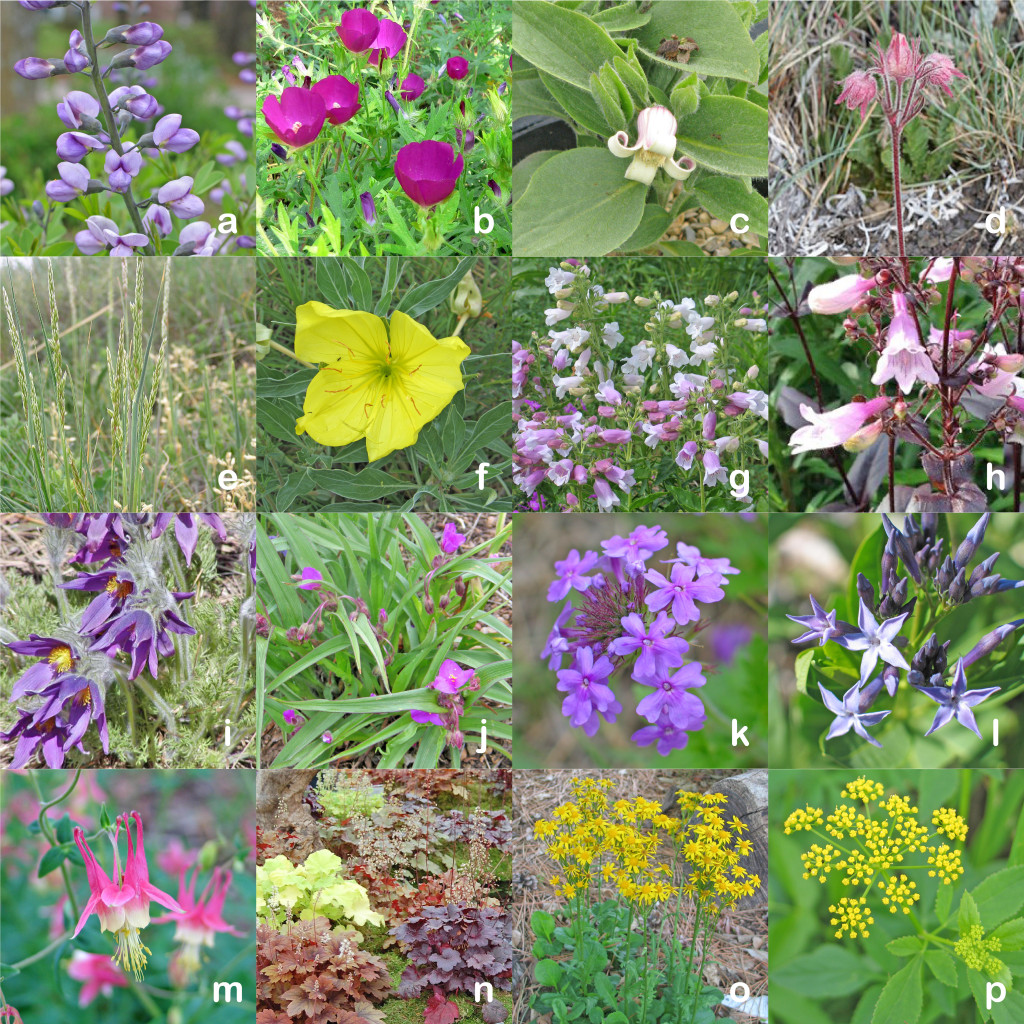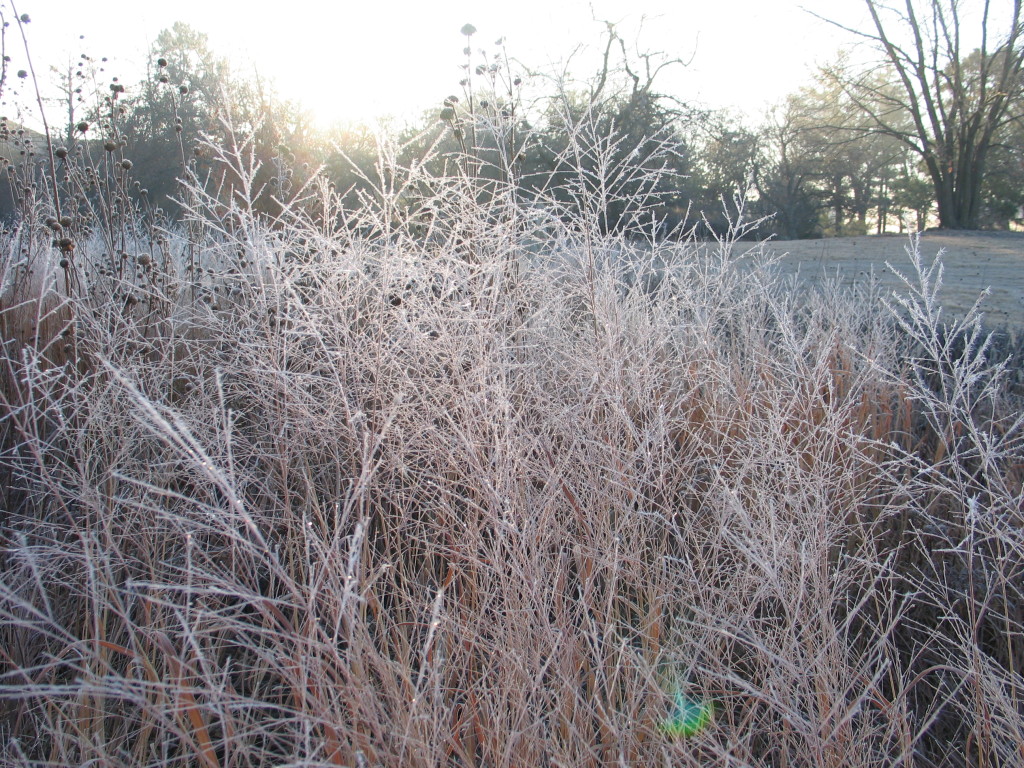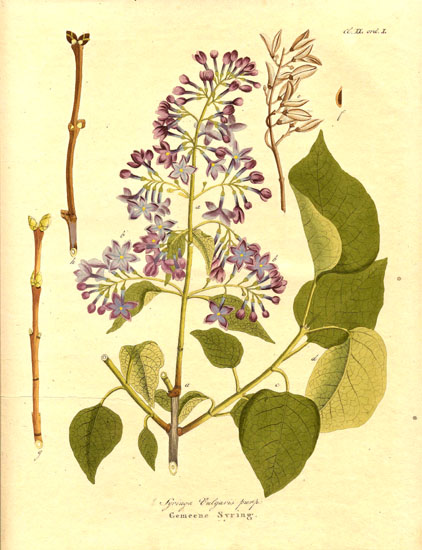What is normal? A definition I like is “the usual, average, or typical state or condition.” So, what would most mid-Westerners think of as a “normal” landscape? How about a landscape dominated by lawn, a few foundation plantings with uninspiring, “tidy” perennials and shrubs that serve no real purpose other than to take up space? In my opinion, this describes many of the common landscapes we have seen over the past 20-30 years, including some areas around my own house.
The “new normal” reflects a current state of being after some dramatic change has transpired. It replaces the expected, usual, and typical with exciting, productive, purposeful, beneficial and sustainable. I believe that over the past few years we have seen a renewed interest in landscaping that fits this description, and that soon, landscaping with native plants will become the new normal.
Through increased interest in our native plant sales, native landscaping classes and educational programs, we are witnessing a collective realization that there are significant benefits to utilizing natives in the garden, benefits that make sense both for people and for the wildlife that depend on these plants for their survival. We as a society have also come to understand, we don’t have to give anything up in the process of developing an eco-friendly landscape. It is interesting and ironic that this “new normal” of landscaping with native plants is taking us full circle here in Kansas, back to our prairie roots.
Here are three reasons native plants should be the “new normal” in your garden:
#1 Low Maintenance
There is no such thing as a no-maintenance landscape. However, if we emphasize selecting plants that grow naturally in our area and matching them to our site, maintenance will be drastically reduced. Native plants have adapted to local conditions. Once established, the deep roots of the prairie natives will take them through prolonged periods of drought. Healthy plants require less maintenance, are stronger, are less prone to disease, require less water, provide beautiful blooms while growing in the toughest environments, therefore reducing our time in the garden and increasing our enjoyment.
The new normal is to select plants that go naturally with the place we live, rather than planting traditional landscapes that often try to change the place to accommodate the plant.
#2 Beautiful Plants
If you have ever walked through a pristine prairie or observed the changing seasons in the Flint Hills, you know the exquisite beauty of wildflowers in bloom coupled with native grasses. It is understated and taken for granted. I am always amazed at the complexity and intricacies of these prairie plants. They create a very unique sense of place.
The new normal is a renewed awareness of the natural beauty of the prairie and a recognition that we can have a part of it in our own gardens.
#3 Attract Pollinators and Wildlife
Even in most urban settings, wildlife surrounds us. Pollinators live in our neighborhoods and utilize plants in our landscapes. By strategically planting even a few native wildflowers, grasses and shrubs that bloom at different times throughout the year, you can make a positive impact on their survival. When it comes to helping the natural world, diversity is crucial. Increasing the natural diversity on your property will ultimately benefit wildlife.
The new normal is understanding that we can positively or negatively influence the natural world by the plants we choose. Even a few native plants in your garden, combined with those of your neighbors, will be extremely beneficial.
Over the years, I have learned that there is no right or wrong way to use native plants. If you don’t like something, or if a plant isn’t happy, you can always try something else. In most cases, you can just move it. I have to remind myself that these plants are so much better than a turf lawn. I can’t tell you how many times I have been rewarded for my efforts in observing a beautiful flower covered with lively pollinators. To see them flying from plant to plant makes it all worthwhile.





![IMG_0258[1]](https://dyckarboretum.org/wp-content/uploads/2016/02/IMG_02581.jpg)
![IMG_0266[1]](https://dyckarboretum.org/wp-content/uploads/2016/02/IMG_02661.jpg)
![IMG_0263[1]](https://dyckarboretum.org/wp-content/uploads/2016/02/IMG_02631-e1455037979294.jpg)

